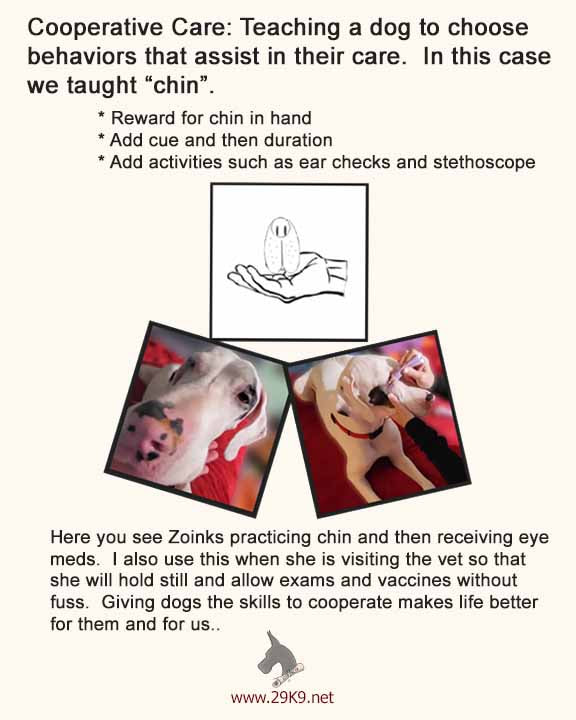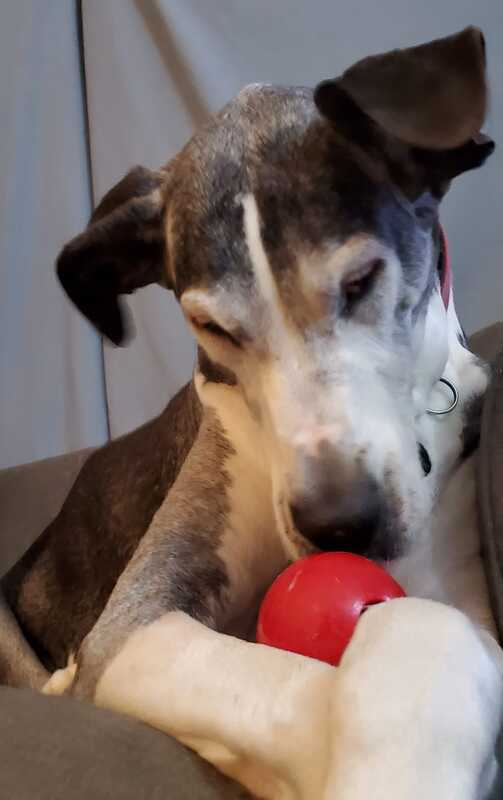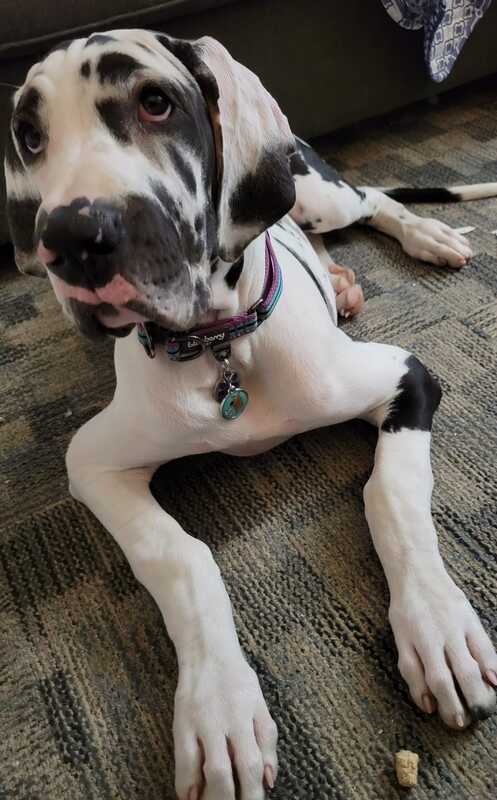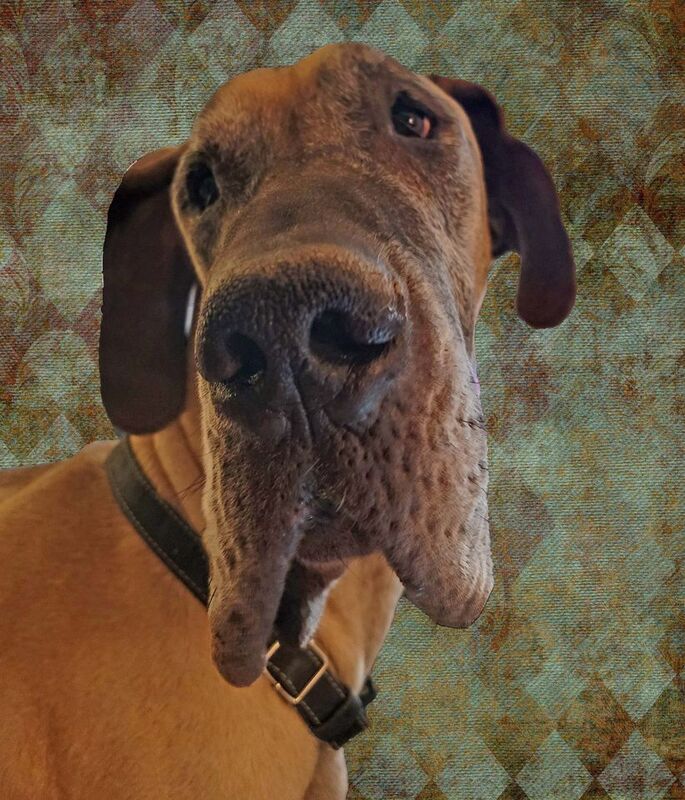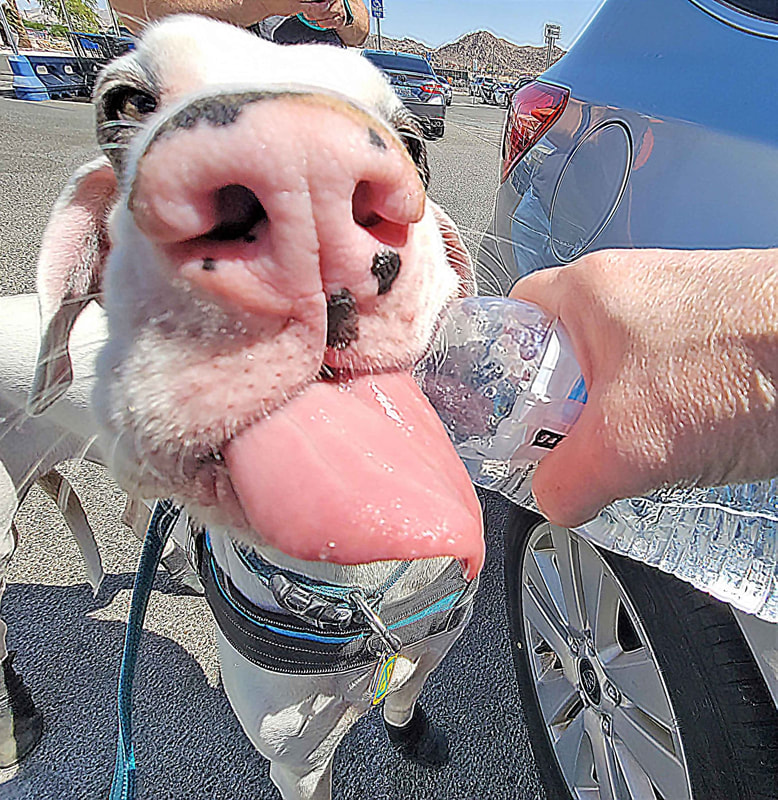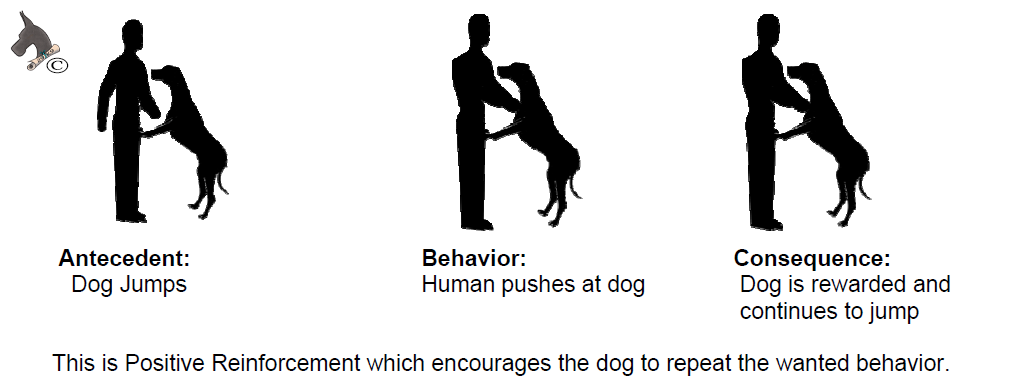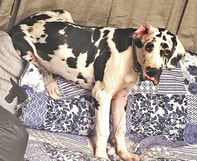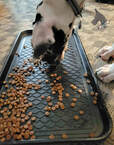|
Real Life Training Moment. Having been home sick all week and getting to shop the Amazon Prime Sale I snagged a few great pet deals. One purchase was a scratching board. Here I show how RuhRoh learned to file her own nails and I documented just how easy it was. Step 1 was to teach her to target the towel. Once she was doing that I put the towel on the back of the scratching board. Next I removed the towel and she targeted the smooth side of the board. When that was happening we flipped the board over and she was filing those nails! In the video (and in between) she would lay down, wander away, and sniff. These things didn't mean she was done just that she needed to take a break. This is not unusual when a dog is learning something new so I let her set the pace. Some dogs might need to step back and come back to it later. That is key in Cooperative Care, that you let the dog set the pace so that they want to participate. #cooperativecarewin #cooperativecare #cooperativecaretraining #dogtrainingrocks #nopainrequired #scienceforthewin #positivereinforcement #ruhrohlife #dogtraining #fearfree #fearfreecertified #forcefree #RuhRohRocks #29k9 #29k9dogtraining #twentyninepalms #29palmsdogtraining
0 Comments
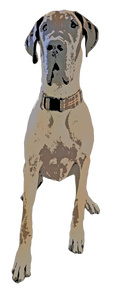 Why are we always asking for the sit? It has always seemed like the good “obedient” choice on our part for our dog to provide. I’ve been in that place myself. I wanted my Great Dane to sit patiently. Then I had an epiphany. Last year we brought our adolescent dane RuhRoh to a group class. Hubby kept asking her to sit. She was being a very good dog, she was calmly greeting people and dogs. She was walking with a loose leash. She was being such a freaking good dog! However she would not sit on cue in that environment. So why were we upset? Aside from being embarrassed, it was the way WE had been trained, the dog should sit. It is the first behavior we are taught in training school and in training classes. It's time to rethink sit, and here are some of the reasons why as well as how SIT may not be the best option for our dogs. 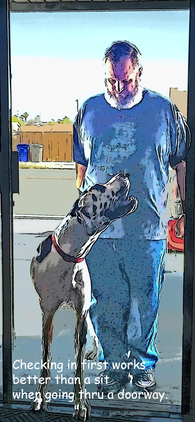 1. Sit before entering a doorway. Why should our dog have to sit before entering a doorway? In the old days it was thought that if a dog entered first they were trying to be dominant over us. In actuality they are usually just excited about what is on the other side. As an alternative polite behavior a "check in" and pause will help you and your dog be on the same page, is usually faster and adds another step in a relationship built on respect.
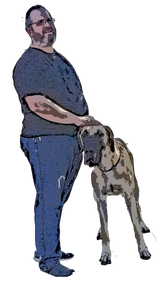 Things to think about: Some surfaces may be hot, hard, rocky or in some other way uncomfortable to our dog. Finally, and most important, as a dog ages those sits can become painful and hard on the hips. "Standing waits" will give you and your dog calm go-to skills that are much more convenient to both you and your dog. To teach this behavior while the dog is standing next to you say their name and reward when they look at you. Practice it a lot, then take it to the doorway, both going out and in. Do this when your hands aren’t full or you aren’t wrangling children, so that they make the connection that waiting calmly is worthwhile. Then add in distractions such as carrying a bag or box, engage a friend to help with greetings on walks. One step at a time. Cooperative Care teaches dogs how to cooperate in things such as vet care, grooming and day to day care. One that we teach is "chin" which teaches the dog to rest their chin in your hand. Because it's a behavior they choose to do it makes it easier to teach them that other things can happen, safely and calmly. Here you can see us easily place medicine in Zoinks eyes while she practices "Chin". We also clean her ears and this week she was examined by the vet while her chin was in my hand. #NationalTrainYourDogMonth #29K9 #certifiedtrainer #dogtraining #dogtrainingrocks #bestjobever #nopainrequired #certfiedfearfree #fearfreecertifiedprofessional #fearfree #basics #AKCCGC #akcstarpuppy #cooperativecare #cooperativecaretraining #NationalTrainYourDogMonth #29K9 #certifiedtrainer #dogtraining #dogtrainingrocks #bestjobever #nopainrequired #certfiedfearfree #fearfreecertifiedprofessional #fearfree #basics #AKCCGC #akcstarpuppy #funwithyourdog
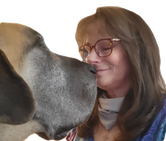 R-E-S-P-E-C-T When someone disagrees with science based positive reinforcement training they use a word that scares me, but also inspires me. The word respect. “My dog does it because he respects me” “I don’t want to bribe my dog, they need to do it out of respect”. The word comes up a lot in their argument. The thing is, it also comes up when I explain my training methods. I respect the dog, our training is respectful. We earn the dog’s respect. We reward their good work with something they want. Something they will work for. Yes, we use a lot of treats. We also use love, praise, attention, play. We build a relationship based on respect. re·spect1 /rəˈspekt/ noun a feeling of deep admiration for someone or something elicited by their abilities, qualities, or achievements. "the director had a lot of respect for Douglas as an actor" due regard for the feelings, wishes, rights, or traditions of others. "young people's lack of respect for their parents" verb admire (someone or something) deeply, as a result of their abilities, qualities, or achievements. "she was respected by everyone she worked with" Respect is elicited by or admiration of another’s qualities or achievements, which must be earned. But the “respect” they reference is actually compulsory obedience that is based on the fear of consequence, the consequence of a punishment. My dog will do it because he respects me. Unspoken is the “or else”. Based on fear, not respect. fear 1 /ˈfir/ noun an unpleasant emotion caused by the belief that someone or something is dangerous, likely to cause pain, or a threat. "he is prey to irrational fears" verb be afraid of (someone or something) as likely to be dangerous, painful, or threatening. "farmers fear that they will lose business" com·pul·so·ry 1 /kəmˈpəlsərē/ adjective required by law or a rule; obligatory. "compulsory military service" involving or exercising compulsion; coercive. "the abuse of compulsory powers" When building a relationship it should be built on respect. Our dogs respect us because I treat them with respect. We make sure their needs are met, without fear of consequence. re·la·tion·ship 1 /rəˈlāSH(ə)nˌSHip/ Noun the way in which two or more concepts, objects, or people are connected, or the state of being connected. the way in which two or more people or groups regard and behave toward each other. This is what we mean by relationship based training, a relationship built on respect. Ronda Warywoda, CPDT-Ka, UW-AAB www.29k9.net 1 Definitions from Oxford Languages
|
Ronda WarywodaCPDT-KA, UW-AAB Categories
All
Archives
July 2023
|

